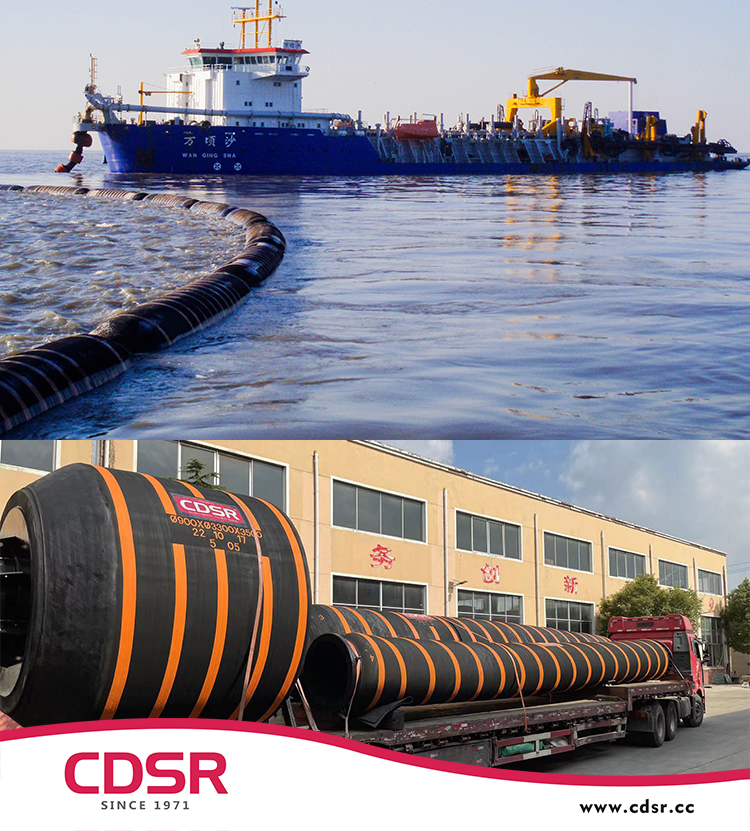Mechanical dredging
Mechanical dredging is the act of dredging material from an extraction site using a dredging machine. Most often, there is a stationary, bucket-facing machine that scoops out the desired material before delivering it to the sorting area. Mechanical dredging is usually carried out near the coastline and is used in order to remove sediment on land or on the coastline.
Hydraulic dredging
During hydraulic dredging, pumps (usually centrifugal pumps) are used to remove sediment from the dredged site. The material is sucked into the pipe from the bottom of the channel. The sediment is mixed with water to make a mud mixture for easier pump delivery. Hydraulic dredging requires no additional transport media or equipment as the sediment can be transported directly to the onshore facility, saving additional expense and time.
Bio-dredging
Bio-dredging is the use of specific organisms (such as certain microorganisms, aquatic plants) to decompose and degrade organic substances and sediments in wastewater. For example, the use of constructed wetland system can use the function of wetland plants and microorganisms to degrade organic matter and suspended matter in wastewater. However, it does not address the accumulation of inorganic soil particles, which may be a major cause of sediment load and depth reduction in many ponds and lakes. These types of sediments can only be removed by using mechanical dredging equipment.
CDSR dredging hoses can be applied to cutter suction dredger and trailing suction hopper dredger
Cutter suction dredger
The cutter suction dredger (CSD) is a special type of hydraulic dredger. As a stationary dredger, the CSD is equipped with a special rotary cutter head, which cuts and breaks hard sediments, and then sucks the dredged material through the suction hose at one end, and flushes it directly into the disposal site from the discharge pipeline.
CSD is efficient and cost-effective, it can work in a wide range of water depths, and the sharp toothed blades make them suitable for all kinds of soils, even rocks and hard ground. Therefore, it is widely used in large-scale dredging projects such as deepening ports.
Trailing suction hopper dredger
The trailing suction hopper dredger (TSHD) is a large self-propelled loading non-stationary dredger equipped with a trailing head and a hydraulic suction device. It has good navigation performance and can self-propel, self-load and self-unload. The CDSR Bow Blowing Hose Set is an important part of the bow blowing system on Trailing Suction Hopper Dredger (TSHD). It includes a set of flexible hoses connected with the bow blowing system on the TSHD and the floating pipeline.
The TSHD is highly maneuverable and best suited for dredging loose materials and soft soils such as sand, gravel, sludge or clay. Because TSHD is so flexible and operate efficiently even in rough waters and high-traffic marine areas, it is often used in deepwater environments and at the entrance of marine passages.

Date: 04 Sep 2023





 中文
中文